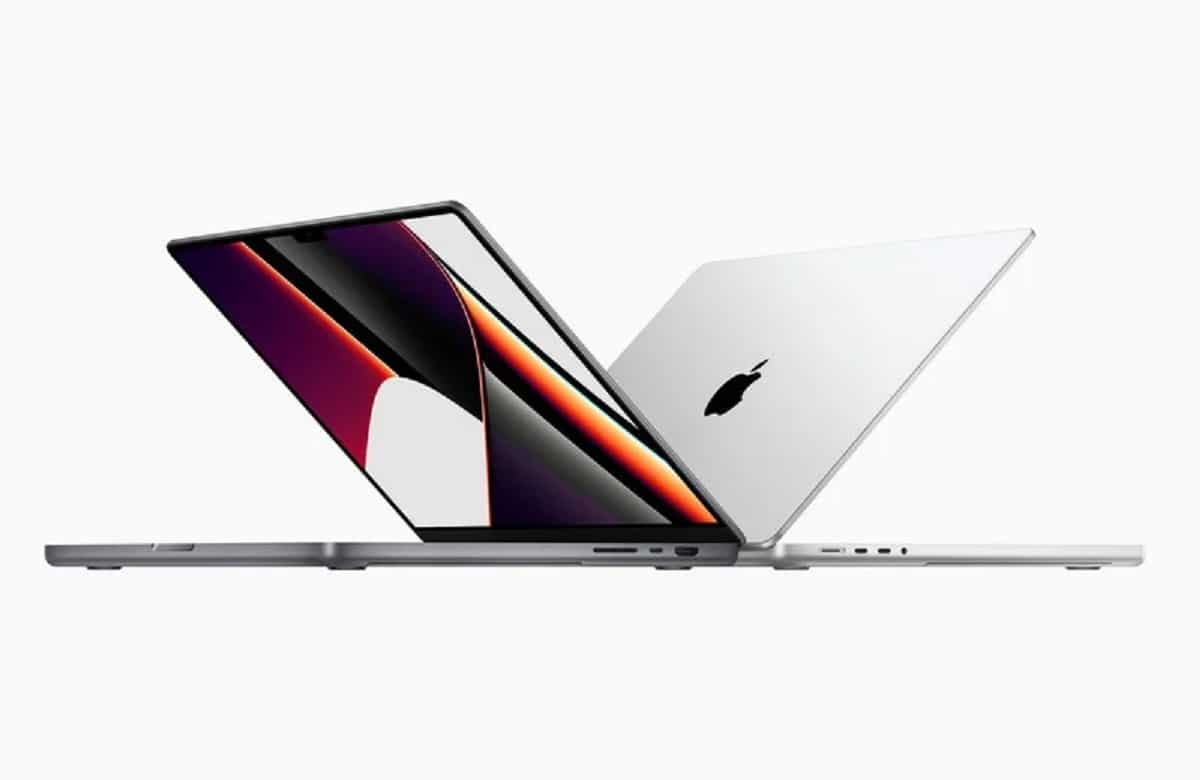
Studying in depth the technical specifications of the new MacBook Pro, it has been seen that the speed protocols to which they can be connected via Wi-Fi are somewhat slower than those that incorporated their predecessors with an Intel processor.
But this is all on paper. In practice, many other factors ultimately intervene in connection speed, much more important than the theoretical data provided by these technical specifications.
It's been a few days since the users of the new MacBook Pro They are enjoying them, and their positive reviews are beginning to emerge, and also, of course, the negative ones. But none of them have complained about a fact that on paper is true, but that in reality is not appreciated.
It turns out that looking closely at the technical specifications of the new MacBook Pros with M1 processors, it has been discovered that these new models have some connection specifications 802.11ac (Wi-Fi 5) slower than previous models (2017-2019) based on Intel processors.
The 2021 16- and 14-inch MacBook Pros, as well as the 1 MacBook Pro M2020, share the same 802,11 x @ 5 GHz standards with a maximum PHY data rate of 1200 Mbps. In contrast, the 2017-2019 MacBook Pro models, which are based on Intel processors, feature the 802.11 ac @ 5 GHz standard, which offers a maximum PHY data rate of up to 1300 Mbps.
MIMO is to blame
This difference lies in the maximum spatial flows, where the newer MacBook Pro only has 2 / MIMO, while the previous models have three.
But such a "theoretical" difference is most likely never you can perceive it in the reality. The speeds achieved with a Wi-Fi connection are highly subjective as they will largely depend on your current Wi-Fi and RF environment with factors such as the types of access points in use, the number of devices on the network, the distance you are from the access point, the RF environment, etc.
A comparable example would be the famous 5G connection. When I debuted my iPhone 12 Pro last year, I was excited, because in the area where I live I have 5G coverage. On paper, it is a much faster connection than 4G. In reality, I assure you that this is not the case. If you are very close to the 5G antenna of your telephone operator, the connection tests are good, but as soon as you separate from it or are inside buildings, and you have 5G with little coverage, it is worse than the 4G connection , theoretically slower.
So there is not much attention to the theoretical data when we talk about wireless networks, since there are many factors that directly influence the connection speed, much more important than what the technical specifications can indicate.